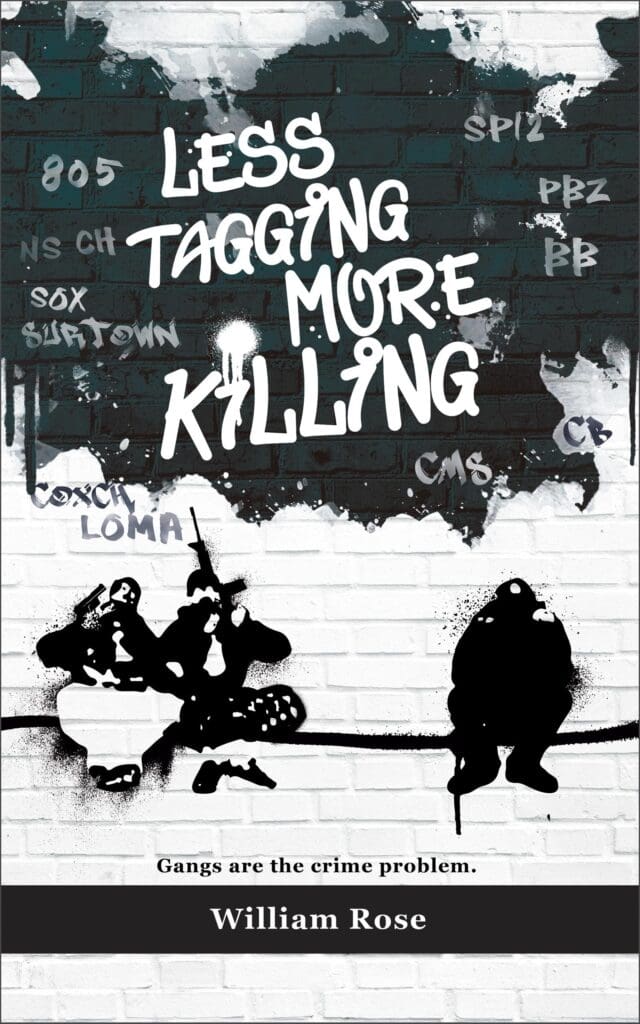Top 10 Most Dangerous Gangs in Ventura County
September 6, 2025
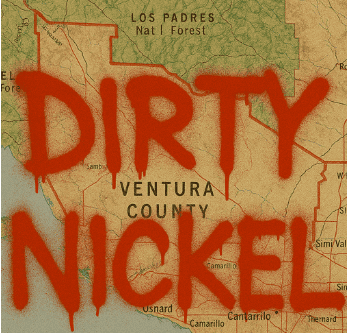
The story of Ventura County is often told through its beaches, agriculture, and suburban neighborhoods, but beneath the surface is a darker reality. Criminal street gangs have long plagued the area, especially the city of Oxnard and surrounding communities. Gang members often referred to Ventura County as the “dirty nickel” – a reference to the 805 area code and the ugliness lurking behind its polished façade.
These gangs are responsible for a disproportionate amount of crime, violence, and taxpayer costs. In this blog, we’ll take a deep dive into the Top 10 Most Dangerous Gangs in Ventura County, examining their history, influence, criminal activity, and the toll they take on residents and public safety. To learn more read the blog Hispanic Gangs: Inside The Dirty Nickel.
1. Colonia Chiques the Most Dangerous Gang in Ventura County
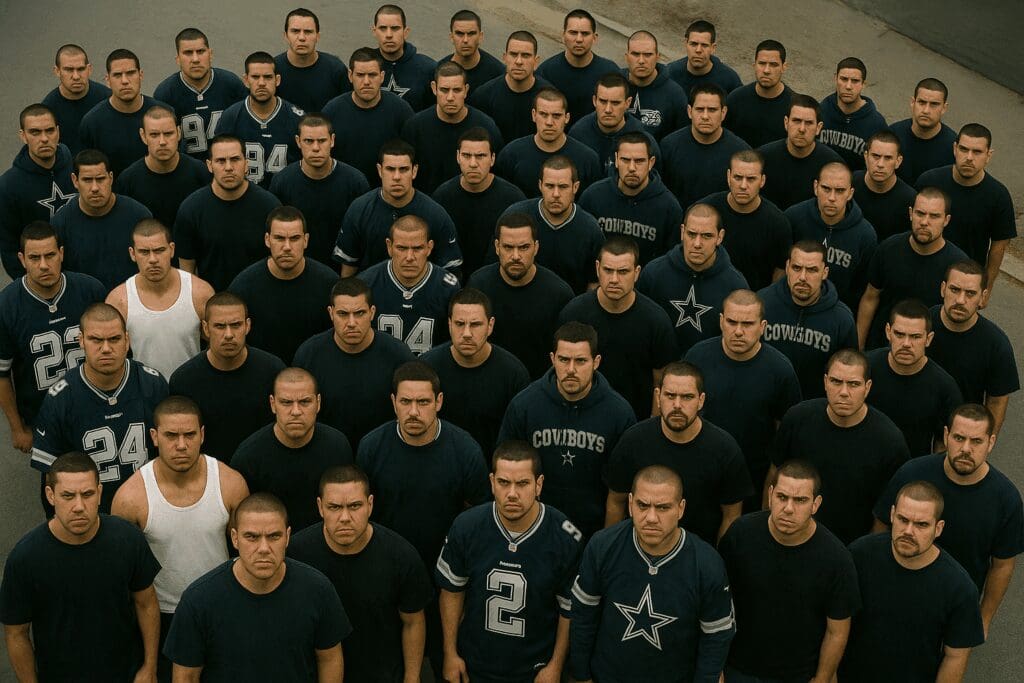
The Colonia Chiques gang of Oxnard is the largest and most entrenched criminal group in the county. With over 676 documented members, this gang has been linked to more than 12,700 arrests. The Colonia neighborhood—originally built to house farmworkers—became the epicenter of crime. Members wear Dallas Cowboys gear, twisting sports apparel into a form of intimidation. The gang’s territory include the street names Garfield, Hayes, Roosevelt, and McKinley which are synonymous with violence.
The cost of policing this group is staggering. Arrests, incarceration, parole, and probation supervision are millions annually. Add healthcare costs, property devaluation, and legal defense expenses, and the true figure is much higher. When people ask why the Colonia Chiques lead the Top 10 Most Dangerous Gangs in Ventura County, the answer lies in their size, violence, and multigenerational impact. There are more members of Colonia Chiques than the next nine gangs combined. To learn more read the blog Oxnard Colonia Chiques.
2. Southside Chiques
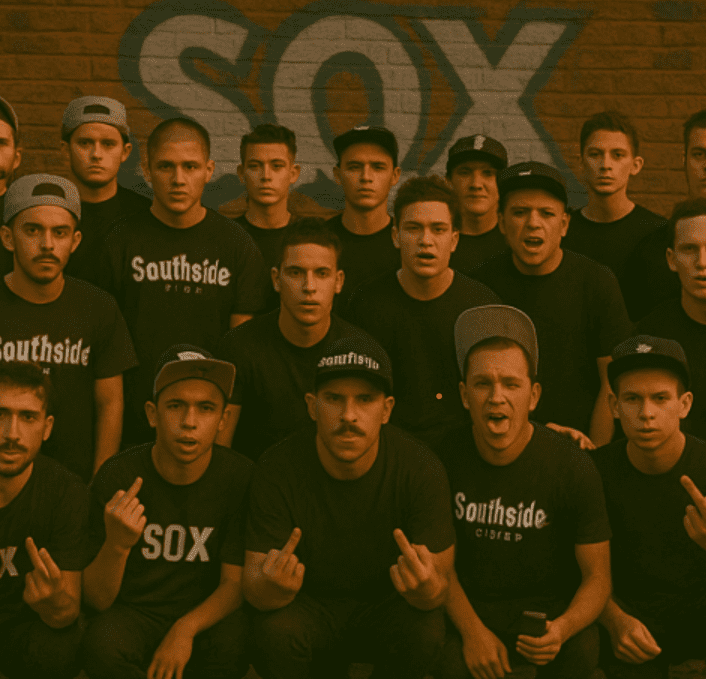
The Southside Chiques, also based in Oxnard, rank second in both size and violence. With about 171 members, they have been arrested more than 3,400 times, averaging 20 arrests per member. They proudly wear Chicago White Sox apparel, with the “S” in Sox symbolizing Southside.
Incarcerating just 43 Southside Chiques members costs taxpayers nearly $3.5 million a year. With probation and parole factored in, the annual total surpasses $4 million. Their history of shootings, robberies, and drug trafficking cements their place among the Top 10 Most Dangerous Gangs in Ventura County. To learn more read the blog Southside Chiques: A Violent Neighborhood.
3. Surtown Chiques
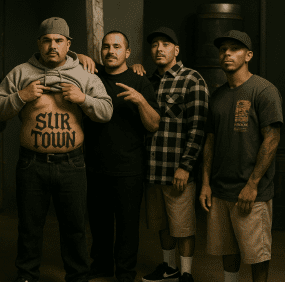
With 62 members arrested more than 1,100 times, the Surtown Chiques have one of the highest violence rates in Ventura County. Police describe them as the most violent faction in Oxnard. Seventy-seven percent of their members have felony convictions, and many have been imprisoned multiple times. Their influence extends beyond their neighborhood, pushing them into the ranks of the Top 10 Most Dangerous Gangs in Ventura County. To learn more read the blog Surtown Chiques: Gang Activity That Defines Oxnard’s Most Violent Gang.
4. Crimies
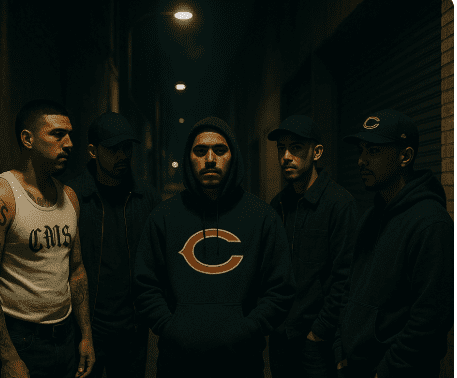
While Oxnard dominates the county’s gang map, Santa Paula has its own notorious set. The Crimies are the city’s oldest and largest gang, formed in the mid-1970s. With around 67 members, they have been arrested more than 1,500 times. They identify with Chicago Bears clothing and operate mainly in the east side of Santa Paula.
The Crimies are part of a cluster of Santa Paula gangs that give the city one of the highest gang-member-to-resident ratios in the nation. Their violent legacy solidifies them as one of the Top 10 Most Dangerous Gangs in Ventura County. To learn more read the blog Santa Paula Gangs: Mayberry Gone Wrong.
5. Lemonwood Chiques

Operating out of Oxnard’s Lemonwood neighborhood, the Lemonwood Chiques claim around 73 members. They are responsible for at least 1,100 arrests, with many members having felony convictions. This gang may be smaller, but their rate of repeat crime keeps the Lemonwood Chiques a constant problem for law enforcement.
6. 12th Street Locos
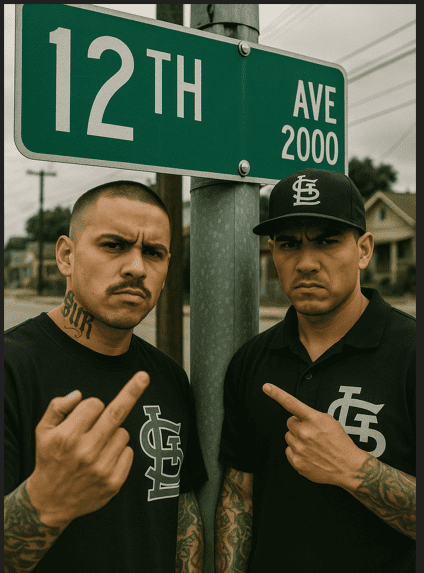
Spinning off from the Crimies, the 12th Street Locos emerged in the late 1980s. They wear St. Louis Cardinals gear and operate in east Santa Paula. With 59 members and more than 1,100 arrests, they thrive on drug distribution and violence. Their multiple robbery arrests make them particularly dangerous.
7. Loma Flats Chiques

Though smaller at 45 members, the Loma Flats Chiques are highly active. Nearly 70% of members are convicted felons. They adopt Duke University’s Blue Devil mascot to represent their gang identity. On average, each member has been arrested 17 times. Their heavy involvement in ghost guns and drug sales amplifies their threat. To learn more read the blog Gangs and Ghost Guns: The Deadly Intersection of the Loma Flats Gang and Law Enforcement.
8. Crazy Boyz
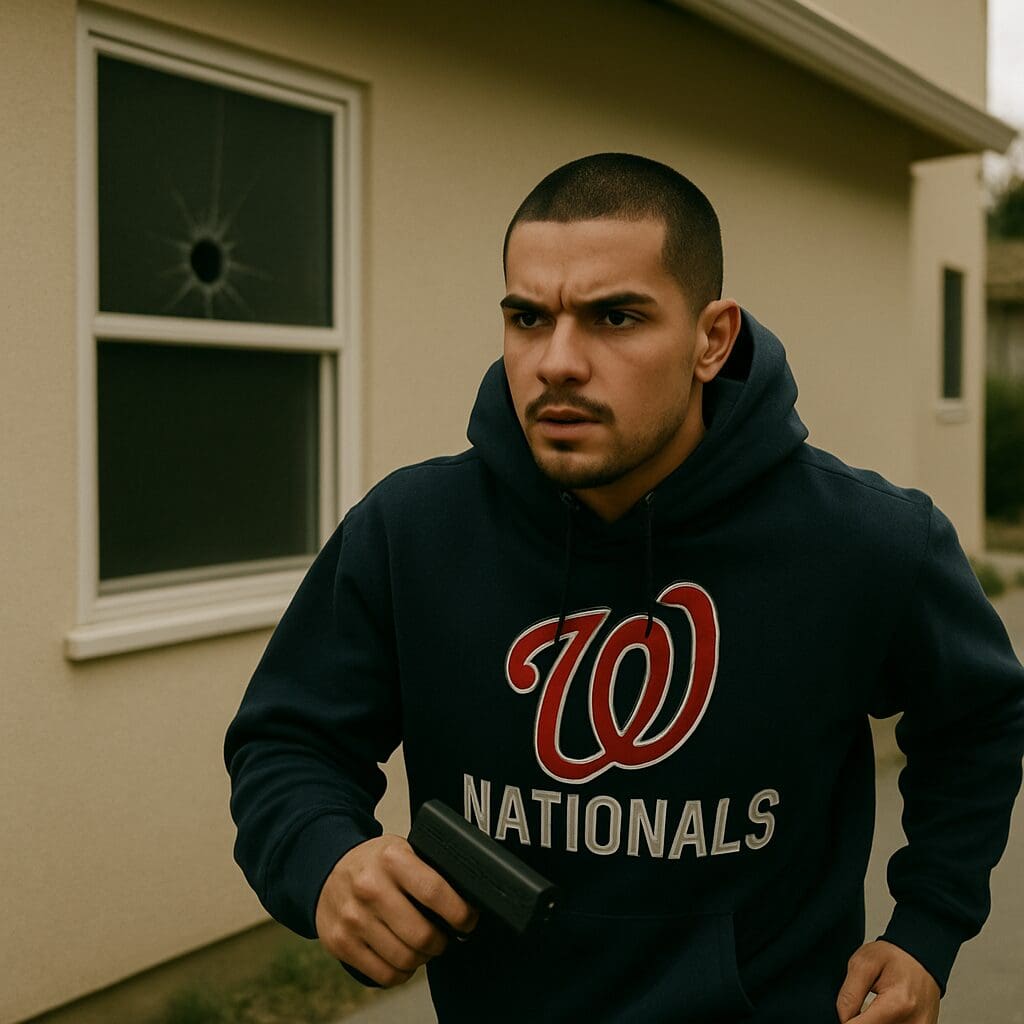
Another Santa Paula gang, the Crazy Boyz, dominate the west side of the city. With about 41 members, they have been arrested more than 700 times. One of their shootings killed an innocent woman in her kitchen, a stark reminder of the collateral damage caused by gangs. Their involvement in narcotics and violent crime ensures their ranking within the Top 10 Most Dangerous Gangs in Ventura County.
9. Northside Chiques
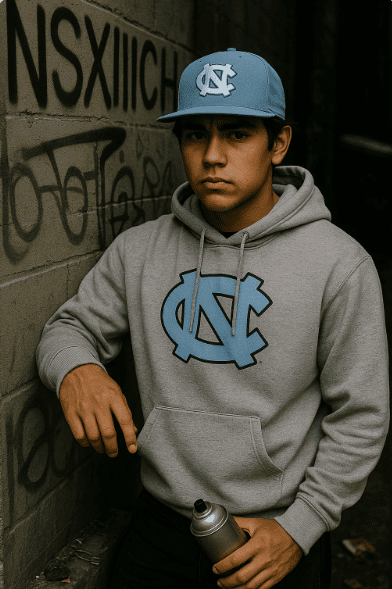
Known as the “Nutty Side,” the Northside Chiques have about 47 members but an astonishing average of 22 arrests each. They identify with University of North Carolina gear and graffiti tags like “NS CH.” Drug trafficking is their primary economic engine, and their alliances with groups like the El Rio gang make them unpredictable and dangerous. To learn more read the blog Northside vs Southside Gangs in Oxnard: History and Violence.
10. Tocas
The Tocas gang of Thousand Oaks, founded in the late 1980s, had about 68 members in a city of 129,000, giving them a low per-capita presence compared to Oxnard and Santa Paula. The gang was almost entirely Hispanic and male, with an average age of 26. Roughly 78% were U.S. citizens, while 22% were not, the Tocas had the highest ratio and non-citizens of any gang. Their criminal activity was extensive—739 total arrests averaging 11 per member—with major categories including violence (27%), drugs (18%), and property crimes (16%). Overall, the Tocas displayed a pattern of violent and weapons-related offenses, with 88% arrested for violence and 82% for weapons crimes, showing their serious impact despite relatively small numbers.
The Economic Toll
Beyond violence, the Top 10 Most Dangerous Gangs in Ventura County impose a crushing financial burden. Arrests alone cost millions. Incarceration in California costs $133,000 per inmate per year drains state and federal resources. Probation and parole supervision add hundreds of thousands annually. When combined with property damage, medical bills from shootings, and public defender costs, the numbers climb to tens of millions of dollars.
Crimes Gang Members Commit
My analysis of over 4276 arrests made by 211 Santa Paula gang members revealed the top three categories of criminal behavior committed by gang members.
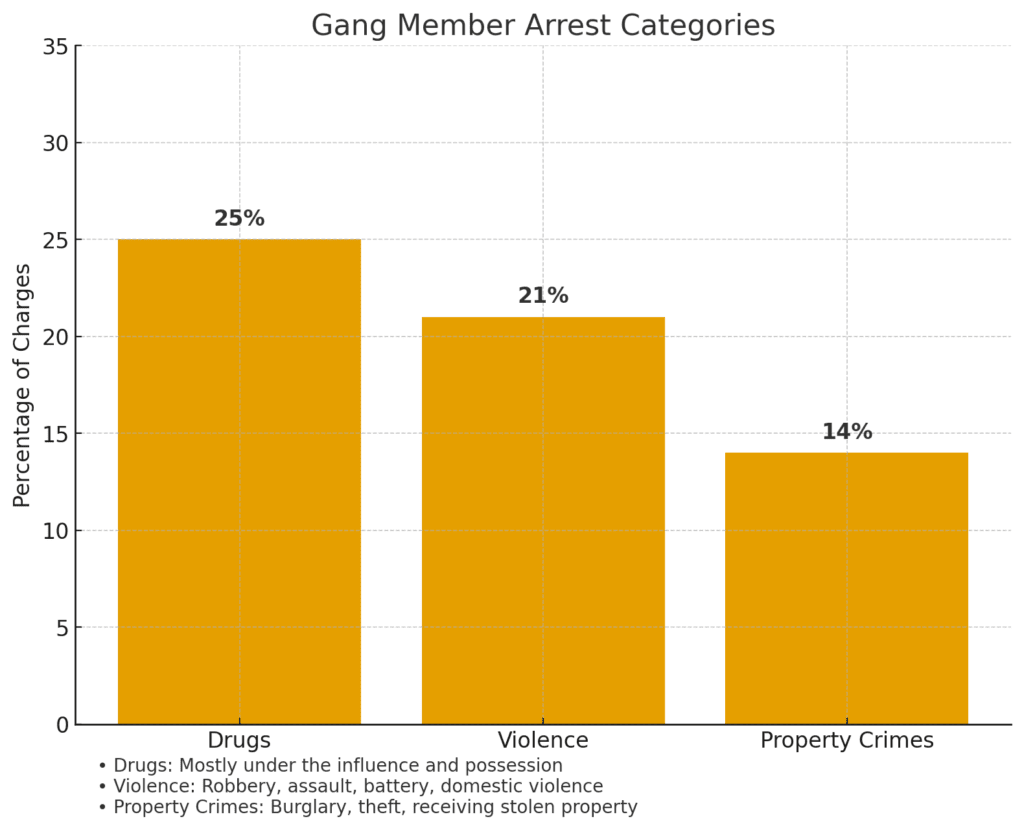
More than half of all gang-related arrests fall into the three categories: drugs, violence, and property crimes. Drug use fuels a self-perpetuating cycle in which addiction drives theft and violence, leading to arrest and incarceration. Once released, many return to the same behaviors, and the cycle repeats.
Gang Injunctions and Law Enforcement Response
Gang injunctions once helped suppress the activity of Colonia and Southside Chiques. These civil court orders restricted gang members from gathering, flashing signs, and wearing gang clothing in public. Law enforcement officers strongly supported these measures because they worked—crime fell during the injunction years.
Unfortunately, these injunctions were dissolved in 2020 and 2021 after legal challenges. The absence of injunctions highlights the difficulty of balancing civil liberties with public safety in the fight against the Top 10 Most Dangerous Gangs in Ventura County. To learn more read the blog Laws on Gangs: What Works and What Doesn’t.
The map below depicts the city of Oxnard and highlights the gangs that claim territory within its boundaries.

Community Impact
The communities most affected by gangs bear scars beyond statistics. Children growing up in La Colonia or Southside Oxnard witness intimidation, drug sales, and shootings on their doorsteps. In Santa Paula, gangs outnumber the detectives assigned to stop them by more than 100 to one. This environment creates generational cycles of crime, fear, and economic stagnation.
Seeing groups of young men in Cowboys or White Sox apparel may look like sports fandom to outsiders, but to residents, it’s a symbol of danger. For neighborhoods under siege, daily life includes avoiding certain streets, teaching kids to ignore gang recruiters, and living with the ever-present fear of violence.
I have never heard a politician in Ventura County speak about or attempt to address the gang problem.
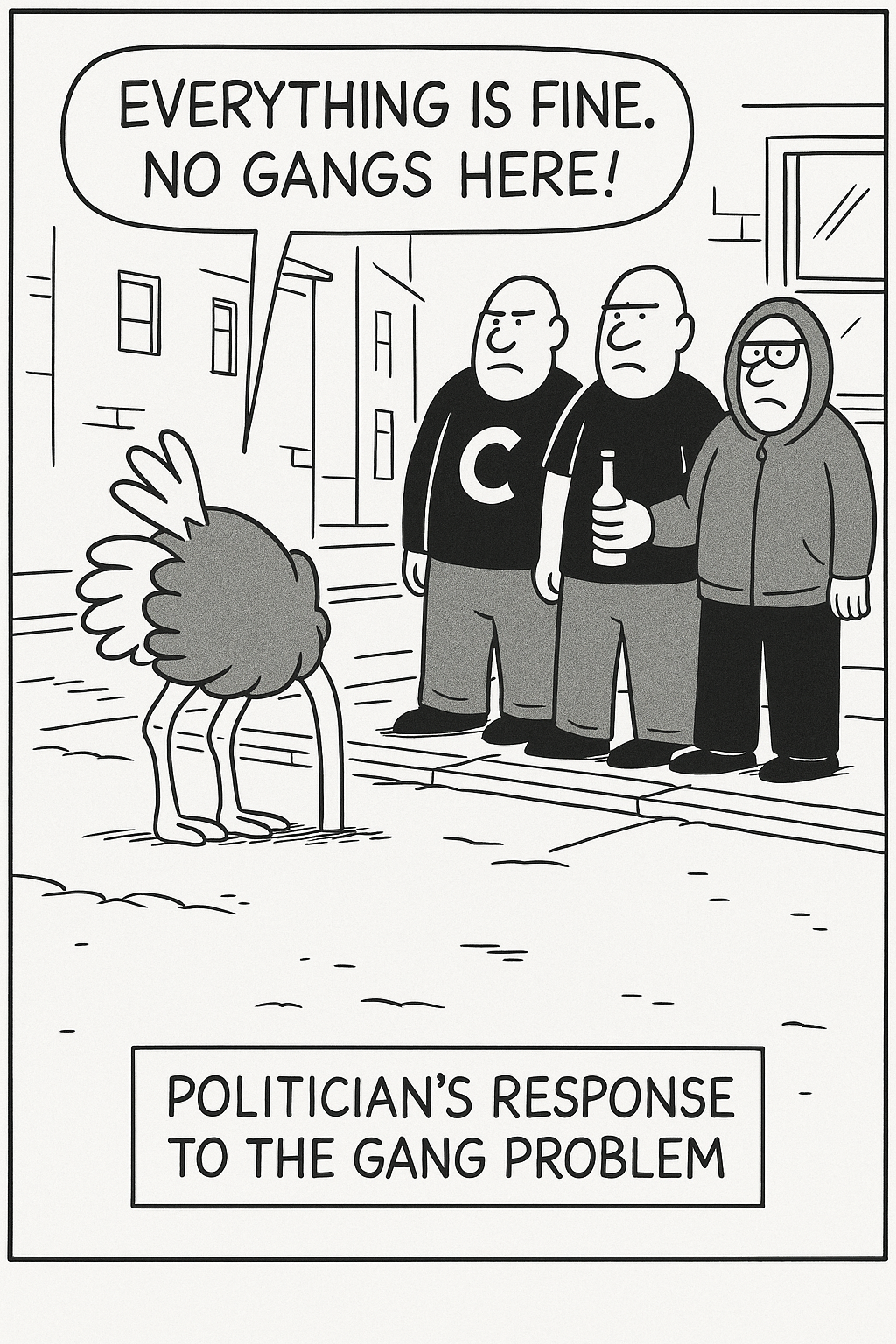
Conclusion
The Top 10 Most Dangerous Gangs in Ventura County are not just a local issue—they are part of a larger cycle of crime in California and the United States. From Colonia to Southside, from Santa Paula’s Crimies to the Crazy Boyz, these gangs perpetuate violence, drain taxpayer dollars, and endanger families.
The economic and human costs are undeniable. Addressing the problem requires more than just arrests. It demands parental involvement and strong local leadership who agree “enough is enough”. Until then, Ventura County aka the Dirty Nickel, will continue to wrestle with a gang problem that is deeply entrenched, costly, and dangerous. To learn more read the blog What to Do About Gangs: A Street-Level Perspective.
To learn more about the Top 10 Most Dangerous Gangs in Ventura County, get the book Less Tagging More Killing:
